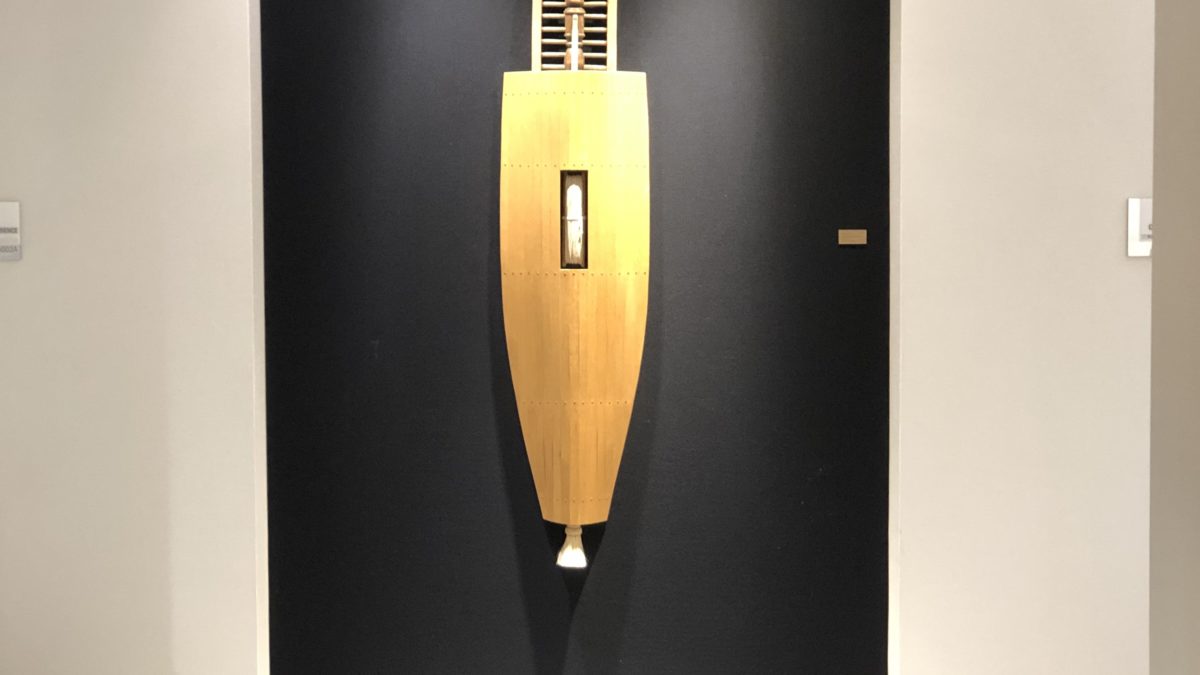This is a live blog post of the Baretz + Brunelle webinar, Where will the Work Go? A NewLaw Futurecast, presented by Brad Blickstein. I have appended below the webinar description
As with all my live blog posts, I publish as the session ends, so please forgive any typos or misunderstandings of meaning.
Corporations are changing the way clients are buying services, so law firms have to change how they deliver. Clients are struggling now and the pandemic is an opportunity to help them.
The standard law department playbook to cut costs, a February 2020 survey, shows that the top methods are negotiated rates and discoutns, e-billing enforcement of guidelines, and bringing work in-house. The latter takes advantage of the lower cost of hiring a lawyer.
The GC playbook here is 20 years old. The number of in-house counsel has grown at a rate almost 10x the growth of law firm lawyers. And 63% of law firm say they lose business to clients. But with crisis, law departments will not be able to bring work in-house. The growth in law departments dropped during the 2001 and 2008 economic challenges.
The likely cap on in-house hiring means law departments will have to turn elsewhere. Brad cites a 1991 article (in a recession) about Continental Bank axing its law department
Everyday legal work – employment, compliance, regulatory, routine contracts, IP management + enforecemtn, real estate, and entity management – must continue, even with budget cuts. In prior recessions, GCs would send this work to law firms. Then bring it back in.
Today, however, the GC have other options – specifically alternative legal service providers (ALSP). Moreover, there are now many legal operations and procurement professionals who buy legal services (up 20 percentage points in a dozen years).
Law firms no longer have a monopoly on legal talent. It is not just commodity work that will be in play among providers. Law firms, however, have an advantage: clients like their law firms and dealing with them. The GC prefers sending the work to law firms. But they must weigh risk and cost. They have to find firms that can do everyday-work cost effectivel.
CLOC surveyed its members in 2019. CLOC members want more alternative fees, better LPM, more use of tech, and digital services. These are the attributes that ALSP do better than law firms. That creates a tension.
Law firms can break this tension. Simply cutting rates does not do it. Firms must automate, project manage, and delegate.
Brad is on a weekly call clients. They want their firms to bring them new ideas. They cannot understand why their firms, in fact, are not doing this. “Clients are begging for new ideas to help them.” Firms can get this business if they can deliver at lower cost and more efficiently.
It is likely that the yo-yo of the past – work going to firm, then back to firms – will no longer happen. The non-core functions of corporations likely will be permanently moved to cost-effective outsourcing organizations. That is what has happened across corporate functions.
End of formal presentation, now to Qs:
Brad sees more firms building their own captives? That includes considering offshore or nearshore resources. But onshore can work if the work is done in lower cost domestic centers with lower cost professionals.
Should law firms be nervous about offering a low cost option now, when it could have in the past. Brad’s conversations with clients show that the GC will not hold this against firms. They will be receptive to any new ideas now.
WEBINAR DESCRIPTION
For anxious law firms, there’s good news: corporate clients still need help.
History shows that in times of economic crisis, in-house departments often lean harder on their outside partners.
But there’s a catch. For the first time, law firms are no longer the only outside partner in town.
This 30-minute B+B Futurecast will be presented by Brad Blickstein, co-head of Baretz+Brunelle’s NewLaw practice. Attendees will leave with an understanding of:
- Why law departments will be looking to send out work on an unprecedented level
- What types of work are ripe for law firms to take over; and
- How firms can compete with the Big Four, ALSPs and other new competitors to win
Archives
Blog Categories
- Alternative Legal Provider (44)
- Artificial Intelligence (AI) (57)
- Bar Regulation (13)
- Best Practices (39)
- Big Data and Data Science (14)
- Blockchain (10)
- Bloomberg Biz of Law Summit – Live (6)
- Business Intelligence (21)
- Contract Management (21)
- Cool Legal Conferences (13)
- COVID-19 (11)
- Design (5)
- Do Less Law (40)
- eDiscovery and Litigation Support (165)
- Experience Management (12)
- Extranets (11)
- General (194)
- Innovation and Change Management (188)
- Interesting Technology (105)
- Knowledge Management (229)
- Law Department Management (20)
- Law Departments / Client Service (120)
- Law Factory v. Bet the Farm (30)
- Law Firm Service Delivery (128)
- Law Firm Staffing (27)
- Law Libraries (6)
- Legal market survey featured (6)
- Legal Process Improvement (27)
- Legal Project Management (26)
- Legal Secretaries – Their Future (17)
- Legal Tech Start-Ups (18)
- Litigation Finance (5)
- Low Cost Law Firm Centers (22)
- Management and Technology (179)
- Notices re this Blog (10)
- Online Legal Services (64)
- Outsourcing (141)
- Personal Productivity (40)
- Roundup (58)
- Structure of Legal Business (2)
- Supplier News (13)
- Visual Intelligence (14)

